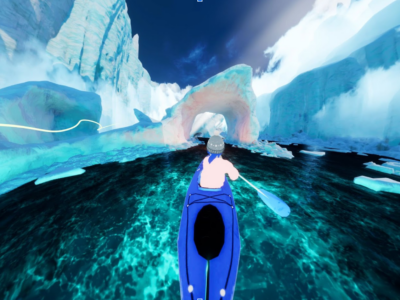Tag: GlacierHub
-

A Virtual Reality Film That Makes the Climate Crisis Feel “Real”
‘Once a Glacier’ is about a girl who tries to save a glacier—and with it, forge new empathy for our fellow humans and planet.
-

Dam Removal Spurs the Return of Salmon—and a Local Tribe’s Hopes of Sustainable Fishing
For the first time since dams were removed on Washington State’s Elwha River in 2014, the Lower Elwha Klallam Tribe was able to open a ceremonial and subsistence salmon fishery.
-

A Grassroots Organization Stops Exploratory Drilling in Chile
David trumps Goliath in this battle over natural resources.
-

Stickiness in Glacial Space and Time
What role do ice and glacial melt play in modern society? Icelandic anthropologist Gísli Pálsson reflects on a recent article that examines this question.
-

Grin and Bear It? Reintroducing Grizzlies to the North Cascades Provokes Strong Emotions
Decades after the last grizzly bear was seen in Washington State’s North Cascades, efforts to bring them back have been met with both enthusiasm and resistance.
-

Painting at the End of the Ice Age: An Interview With Artist David Rosenthal
An artist unintentionally captured glacial retreat for over forty years. An exhibit brings his paintings together to raise awareness of climate change.
-

Increase in West Antarctic Ice Sheet Melting Inevitable in 21st Century
Significant ocean warming and associated ice-shelf melting is unavoidable, even under the most ambitious future climate scenario, according to new research.
-

Dungeons, Dragons and Environmental Justice: Games Teach Kids Climate Action
A youth organization in Oakland, CA, is transforming a popular role-playing game into a vehicle for climate education and inspiration for the next generation.
-

Alaska Challenges Reinstated Protections for Tongass National Forest
A coalition of Alaskan groups have challenged the Biden administration’s reinstated rules to protect the Tongass National Forest, a major carbon sink that is crucial to Indigenous groups, local biodiversity and the Alaskan economy.

